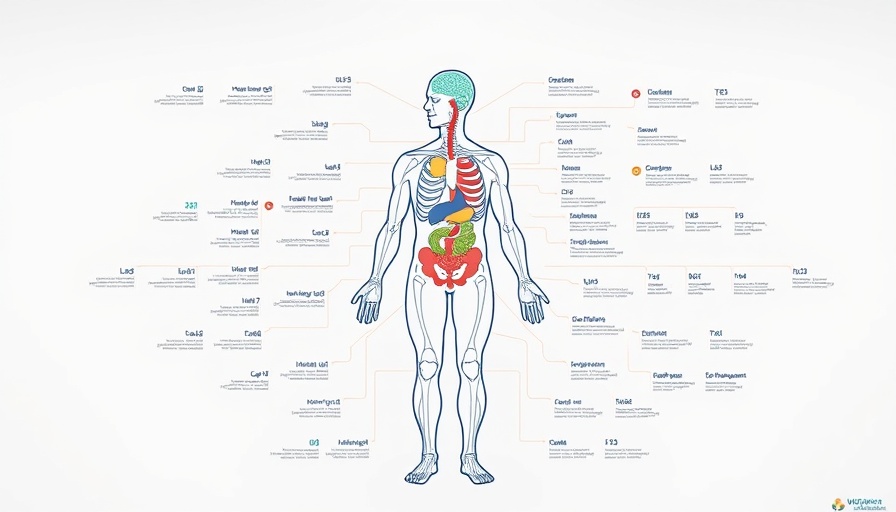
Understanding the Impact of Extreme Weather on Heart Health
As global temperatures rise, so does the likelihood of severe health impacts, particularly for those managing pre-existing conditions. A recent study from Tulane University reveals a startling increase in emergency room visits for heart-related issues during extremely hot and humid conditions. Across over 340,000 recorded emergency visits in Dhaka, Bangladesh, researchers found that the combination of high temperatures and humidity significantly correlates with a higher risk of cardiovascular emergencies.
The Alarming Statistics: A Deeper Dive
The research indicates that on days when temperatures exceed 84 degrees Fahrenheit, the risk of heart-related emergencies rises by 4.4% in low humidity. However, this risk amplifies drastically to 26.7% when humidity surpasses 82%. It’s essential to highlight that these findings underscore the critical interplay between temperature and humidity, suggesting that both factors must be considered in climate change discussions and public health strategies. This intimate relationship poses a challenge for vulnerable populations in regions with limited access to cooling systems, like air conditioning.
Why High Humidity Intensifies the Risks
Humidity plays a vital role in how our bodies manage heat. When the air is saturated with moisture, the body’s primary cooling mechanism—sweating—becomes far less effective. According to Mostafijur Rahman, the study's lead author, this forced strain on the cardiovascular system demands more from the heart, leading to worrying complications. As the climate continues to warm, those managing heart conditions must be especially vigilant during these weather extremes.
Projecting Health Impacts Amid Climate Change
With climate change accelerating, these health risks are expected to rise sharply. In regions like Bangladesh, where the lack of air conditioning is rampant, proactive measures to address this health crisis can make a crucial difference. Whether it’s through community health programs, local health and wellness centers, or policy changes that promote climate-resilient infrastructure, it’s ever more critical to adapt to our changing environment.
Health and Wellness: A Community's Role
Local health and wellness businesses can play a significant role in spreading awareness about the dangers posed by extreme heat. This can take the form of workshops on natural therapies or nutritional supplements that can help individuals prepare for and respond to these environmental challenges. Community health organizations can collaborate with medical professionals to educate residents about signs of heat-related illnesses and empowering strategies to stay safe. Knowledge is power, and with proactive health and wellness initiatives, communities can work together to foster resilience.
The Importance of Staying Informed and Active
For individuals and families, knowing the signs of heat stress and cardiovascular issues is fundamental. Staying informed through credible health and wellness articles, and participating in local health events or workshops, can promote a culture of well-being and understanding. Small lifestyle changes such as regular hydration, balanced nutrition, and steady physical activity can bolster cardiac health and enhance resilience against heat stress.
Final Thoughts: Take Action for Health Awareness
Given the alarming rise in emergency visits due to the combination of extreme heat and humidity, the onus is on both individuals and policymakers to prioritize health and wellness. By considering the factors that contribute to cardiovascular emergencies, communities can begin to implement changes aimed at improving health outcomes. Stay informed and prepare your body by engaging with local health resources and wellness events. Together, we can work towards a healthier future amidst the challenges posed by climate change.
 Add Element
Add Element  Add Row
Add Row 



Write A Comment